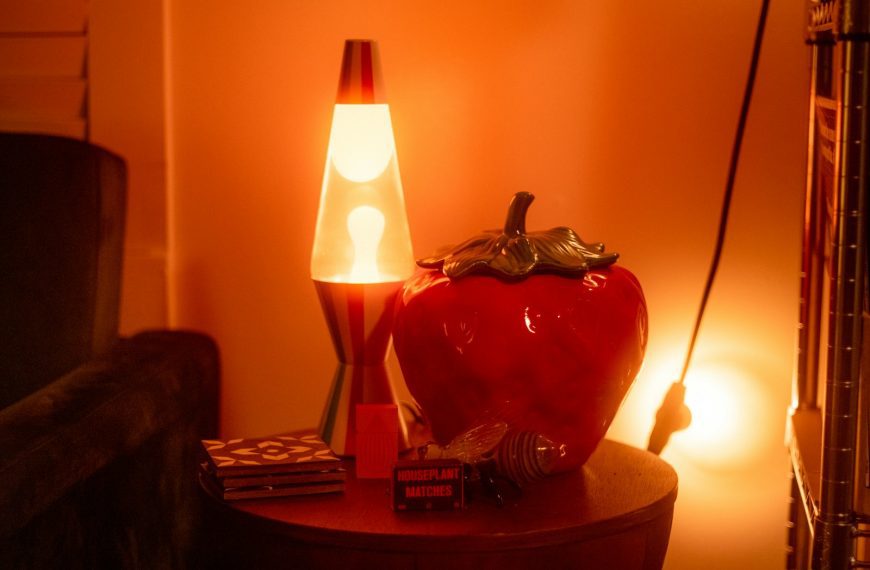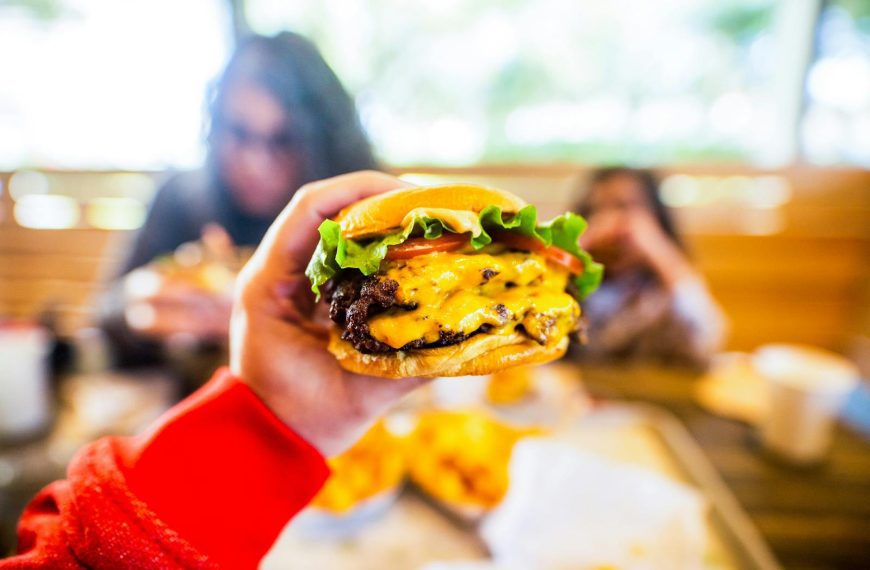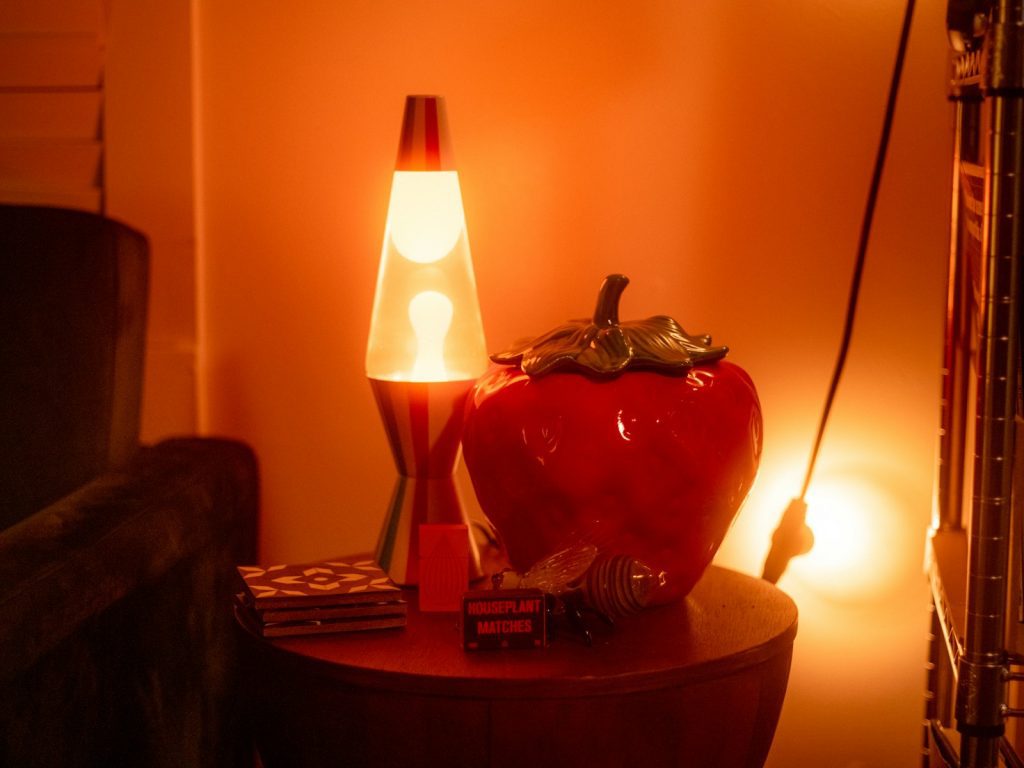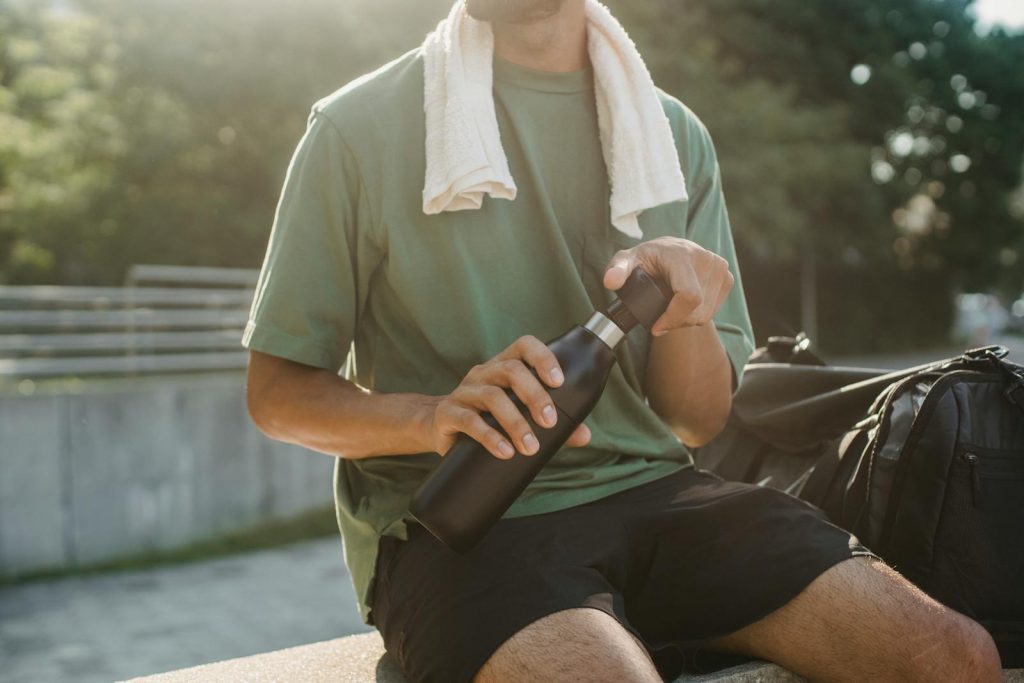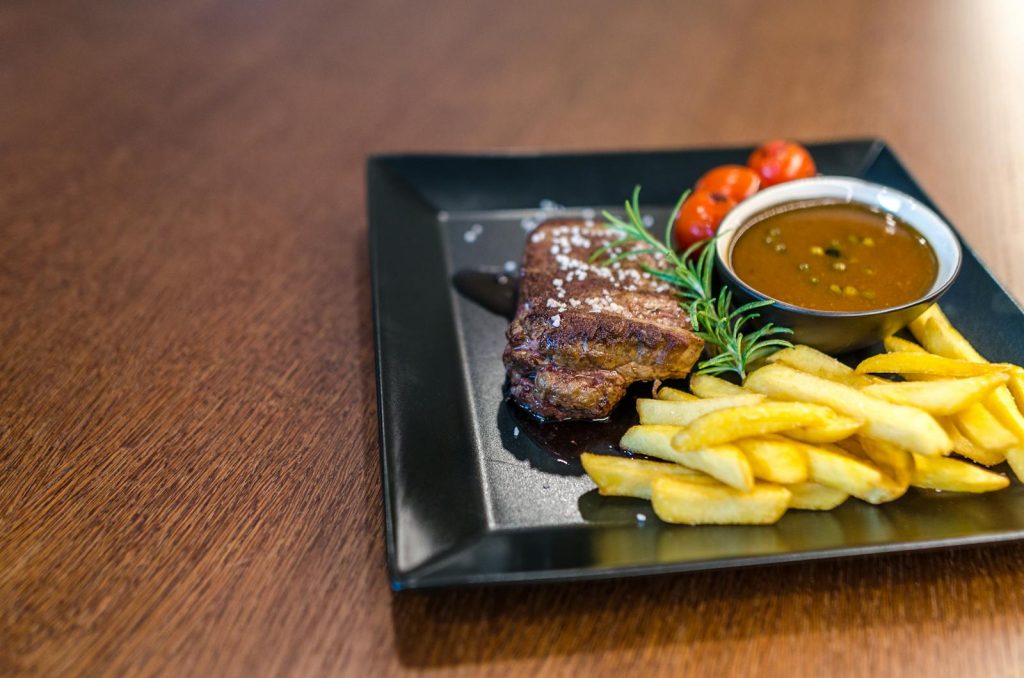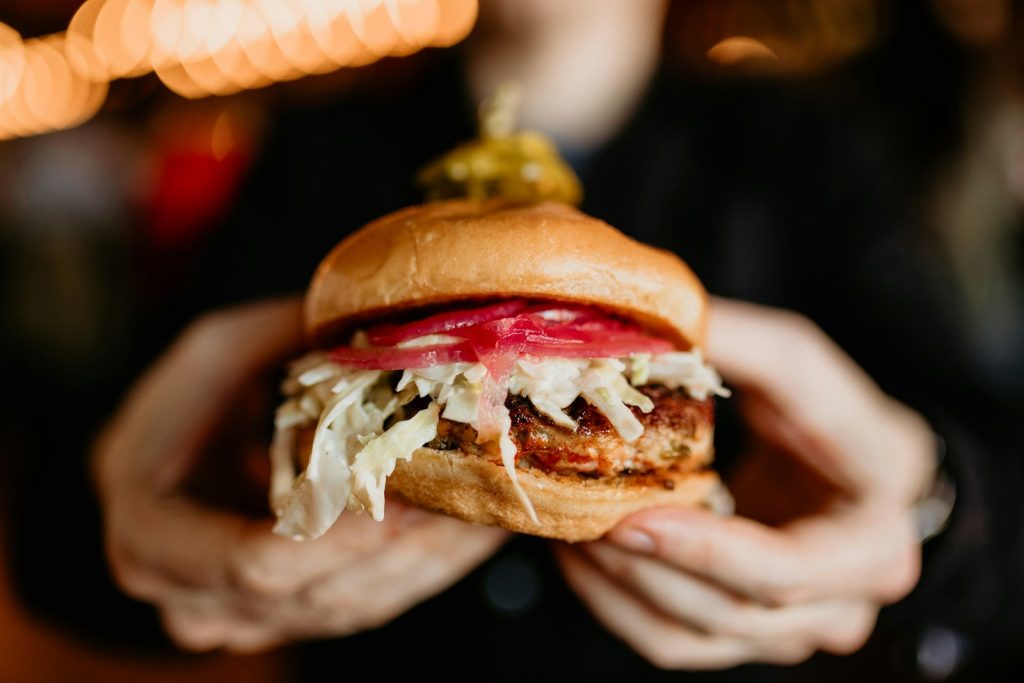Shopping habits often reveal more than just preferences—they show how different generations approach daily life in unique ways. When we step into stores, some choices and behaviors stand out to others, especially across generational lines. Millennials and Boomers often see the same shopping experience differently, leading to moments of confusion or surprise.
Understanding the distinct ways Millennials shop can help us appreciate why Boomers sometimes find these habits puzzling. By exploring these differences, we get a clearer picture of how values, technology, and lifestyle shape the way we all buy what we need.

Using mobile apps to scan prices while shopping
When we shop, many of us use mobile apps to scan prices right in the store. This helps us compare deals quickly without having to ask a staff member.
Using these apps feels natural because it saves time and ensures we’re getting the best price. Sometimes, Boomers find it odd since they’re used to checking prices on shelves or asking directly.
We also look up additional product information easily, making our choices more informed. This habit might seem unusual to older generations, but it’s just how we stay smart shoppers today.
Preferring self-checkout lanes over cashier assistance
We often choose self-checkout lanes because they tend to be faster. Waiting in line for a cashier can feel like a waste of time when we just want to grab and go.
Many of us enjoy the control self-checkout gives. Scanning and bagging at our own pace feels more convenient and private.
This preference can confuse boomers, who may value human interaction during checkout. They might also worry more about errors or theft when there’s no cashier involved.
Still, for us, it’s about efficiency and ease, even if it means doing a bit of the work ourselves.
Shopping more frequently at Whole Foods and specialty health stores
We tend to shop more often at Whole Foods and other specialty health stores. It’s not just about buying food but choosing items that fit our lifestyle and values.
These stores offer more transparency about where food comes from and focus on quality. We appreciate supporting sustainable and ethical brands.
Shopping frequently also helps us grab fresh, seasonal products. It’s a way to stay connected with what’s good for our health without stocking up too far ahead.
Opting for convenience stores and mass chains instead of local specialty shops
We often choose convenience stores or big chains because they fit our busy lives. Quick trips and easy access make these options attractive when we’re short on time.
Sometimes, it’s about price. Large stores can offer lower prices thanks to bulk buying, which helps us save on everyday essentials.
We also don’t always prioritize unique or local products. Though specialty shops have charm, we balance that against convenience and cost, which sometimes means missing out on small-batch or artisan goods.
Being less brand loyal and trying new products regularly
We don’t stick to the same brands like Boomers often do. Instead, we like to try new products and switch things up. It keeps shopping interesting and helps us find better options.
Many of us value authenticity and personalization over loyalty. If something new catches our eye or fits our values better, we’re willing to make a change.
This habit might confuse Boomers, who often see brand loyalty as a sign of trust. For us, it’s more about staying open to new experiences and choices.




